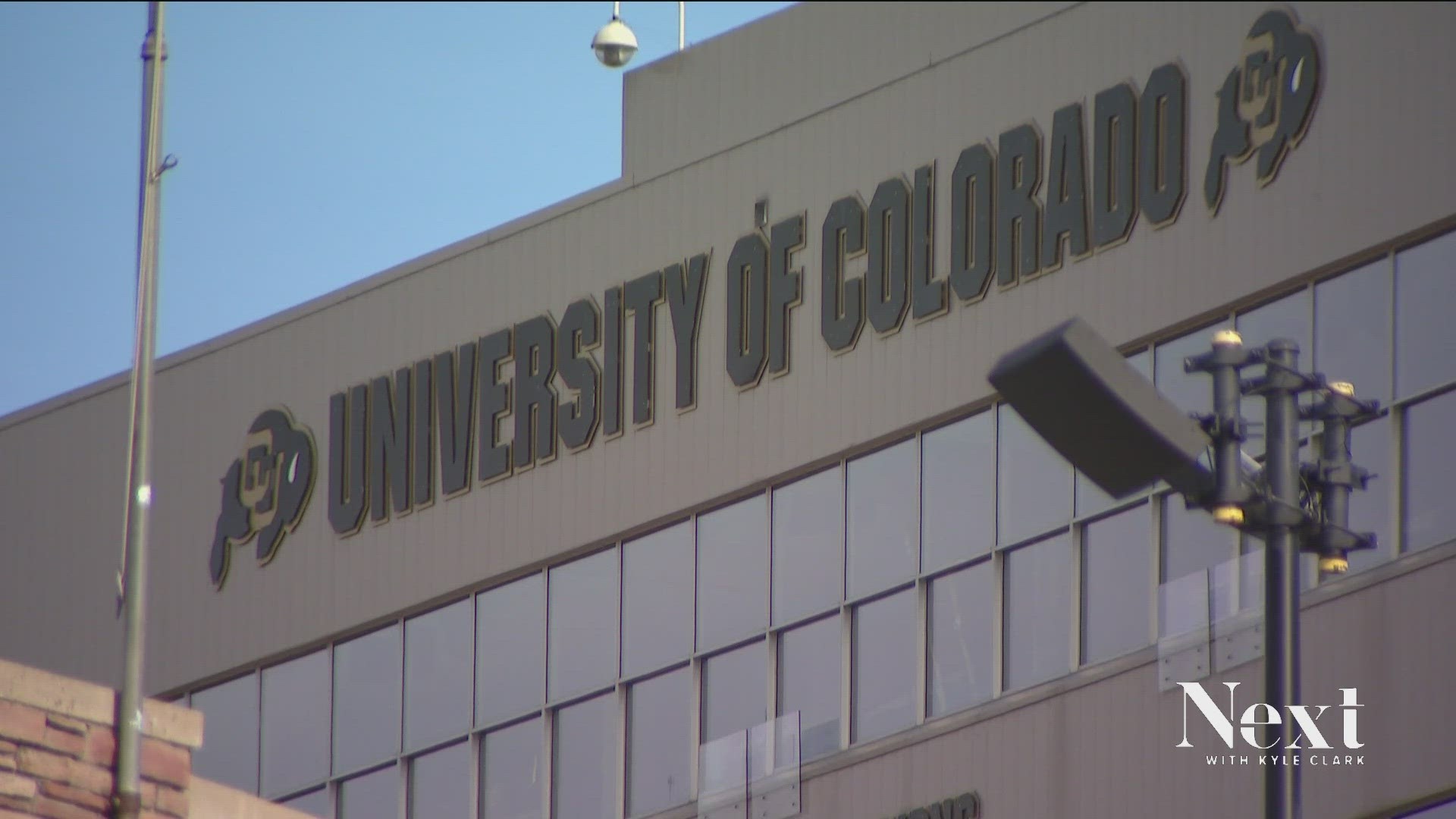BOULDER, Colo. — There is no doubt Coach Prime has brought attention to the city of Boulder.
We have the receipts.
Just look at the sold-out games and national TV broadcasts.
What we do not have are the actual receipts to prove a claim by Visit Boulder, the city’s Convention and Visitors Bureau, that the University of Colorado Boulder's six home football games resulted in $113 million in economic impact.
“There is no doubt that the football games have helped the Boulder economy in general, it’s just a question of how much?” Metropolitan State University of Denver distinguished economics Professor Kishore Kulkarni said.
CU sold out each of its six home games this year and reported attendance totaling 319,081 fans. In 2022, there were 257,084 fans for six home games. That is an increase of 61,997.
A CU spokesman said that ticket sales increased more than $20 million this year compared to last year, with $37.2 million in ticket sales compared to $16.8 million in 2022.
Let us be clear from the start. This story does not doubt the economic impact that Coach Prime has had on Boulder and the metro area. It is a question of how much.
Before Visit Boulder’s $113 million economic impact claim, the bureau boasted an $18 million economic impact from the Sept. 9 CU-Nebraska game alone.
September tax revenue dollar amounts are now available and reveal the actual receipts.
In Boulder, sales and use tax revenue increased $3.7 million in Sept. 2023 compared to Sept. 2022.
Of that amount, $3 million of it was from spending on the CU-Boulder campus alone.
An additional $631,000 in accommodations tax was collected, too.
“There is a tremendous increase in the University of Colorado area and there is, in fact, some economic impact there,” Kulkarni said. "I think the tax revenues that I have just seen…are very telling that our tax revenues in Boulder as a whole have not increased as much as expected before.”
In an emailed response, Visit Boulder CEO Charlene Hoffman said:
The estimated impact calculations are generated through the utilization of a sophisticated economic impact calculation tool developed by Oxford Economics. This tool takes into account several crucial parameters, including the specific event type, the event's duration, the number of attendees, the event category, hotel occupancy rates, average daily hotel rates, and the average length of stay. These factors are then analyzed in the context of visitor spending behaviors, compared to other destinations with similar population sizes and economic conditions.
To gather essential data, we receive attendee information, distinguishing between in-state and out-of-state attendees, as well as data on day visitors. This data is sourced from the ticket sales information shared with us by CU athletics, which enables us to determine the proportion of day visitors versus overnight guests. The calculator then goes further to incorporate the indirect and induced impact. This includes additional spending by local businesses and the income generated by employees of these local establishments. It also accounts for any spending that extends beyond the immediate local economy, resulting from the purchase of goods, services, and raw materials by both local residents and event organizers.
It's important to clarify that the estimate reflects the overall impact generated by the event itself, based on these comprehensive inputs. This estimate is not specific to Boulder but pertains to the event as a whole. However, when we examine the City of Boulder's revenue report for September in comparison to the previous year, we observe some notable increases. Accommodations tax collections saw a substantial rise of 14.21%, short-term rental tax collections surged by an impressive 47.08%, admissions tax collections increased significantly by 58.28%, and food service tax witnessed a solid growth of 11.56%.
To put this into context, when we applied the Economic Impact calculator to last year's game held during the same September weekend, the estimated economic impact was approximately $10 million, and accommodations tax collections were projected to increase by 25% for that particular game compared to the previous year. This is particularly noteworthy, given that Boulder lacks the lodging capacity to accommodate all the attendees on game day. In fact, reports indicated that people were seeking accommodations as far as Denver, along the Front Range, and even Fort Collins. Therefore, the economic impact encompasses spending generated outside the geographical boundaries of Boulder's city limits.
While it would be inaccurate to attribute the entire increase in Boulder's September tax revenue solely to the one Nebraska football game held in September, it is certainly reasonable to conclude that the CU/Nebraska game had a positive and appreciable economic impact on Boulder. To gain a more comprehensive understanding of the economic impact, it is advisable to consider the broader regional and statewide tax reports, which provide a more complete picture of the event's economic influence. Furthermore, it is noteworthy that CU Leeds will be conducting a comparable economic impact study encompassing Boulder, the broader region, and the entire state. We eagerly anticipate the ongoing exchange of valuable insights and findings.
September tax revenue figures are available for all cities and counties and statewide too. As a whole, statewide sales tax revenue increased almost $17 million from Sept. 2022 to Sept. 2023.
“We can be optimistic; we should be optimistic. There is clearly an economic impact of all the football games,” Kulkarni said.
The amount that may never be proven is the indirect impact. For example, a restaurant server who received a higher amount in tips than the year before, and then spent that money later on.
“Remember, this impact doesn’t really stop in just one year. It keeps on going,” Kulkarni said. “The total economic impact can be higher in two or three years.”
SUGGESTED VIDEOS: Next with Kyle Clark

